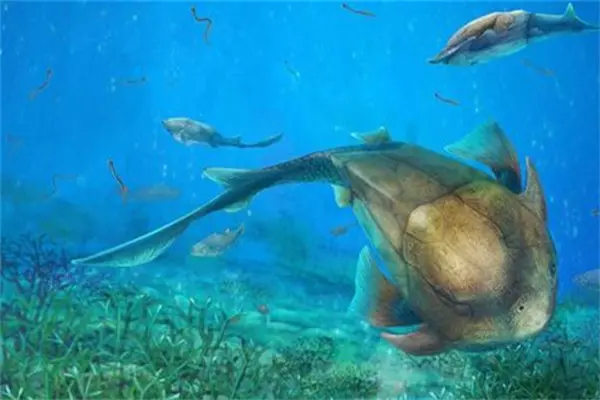The latest findings by a group of Chinese and Swedish palaeontologists are suggesting that human jaws can be traced back to some prehistoric fish called placoderms, which lived more than 400 million years ago.
The research, which has been published in the U.S. journal Science, focused on a newly discovered fossil fish in southwest China's Yunnan Province. Named Qilinyu, the fish is associated with the extinct armored prehistoric placoderms.
John Long, a paleontologist at Flinders University in Australia, says the 423-million-year-old discovery "fills a big gap in our understanding of how vertebrate jaws evolved."
Researchers say the origin of human jaws is a complicated topic. Modern vertebrates, including humans, have a jaw that is made up of three parts: the dentary, maxilla and premaxilla.
Scientists say a 423 million year old fish gave humankind this very important feature. thevillagessuntimes.com
Historically, only the now extinct placoderms have been discovered to have similar jaw bones, which have long been thought of as unrelated to human jaws, however. That began to change several years ago when researchers unveiled a bony fish fossil called Entelognathus, whose body resembles that of a placoderm and also a three-part jaw, in Yunnan. The placoderm-like traits in the early fish fossil began building a strong case that a close relationship existed between bony fish and placoderms.
Now, the Qilinyu, which has been discovered in the same place and time period as Entelognathus, is strengthening that argument. With an estimated total body length exceeding 20 centimeters, the Qilinyu has skeletons that combine placoderm skeletons with the dentary, maxilla and premaxilla. These discoveries suggest that human jaw bones may have evolved from those of placoderms.
According to Long, evolutionary biologists have long discounted placoderms in their research, but now the new findings in Yunan will change that as they realize the importance of these prehistoric creatures in helping to understand "the early assembly of the vertebrate body plan."
(CRI ONLINE)
 简体中文
简体中文

